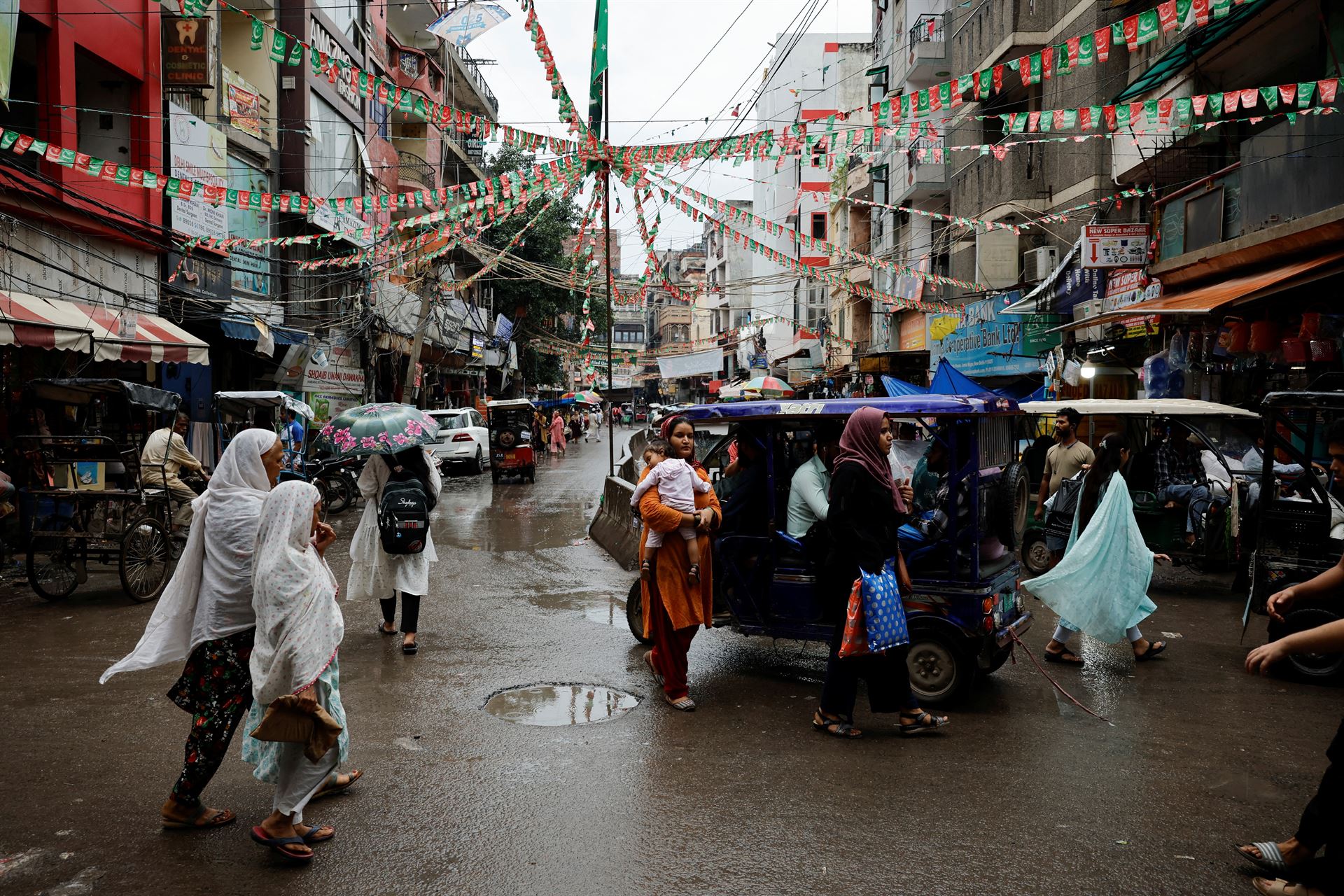
NEW DELHI - In February 2020, Nasreen and her husband Tofik were living in Shiv Vihar, an upcoming neighborhood in northeast New Delhi. But that month, riots erupted targeting Muslims like them and Tofik was pushed by a mob from the second floor of the building where they lived, according to a police report he filed days later from hospital.
He survived, but has a permanent limp and was only able to return to work selling clothes on the street after spending nearly 3 years recuperating.
Soon after the riots the couple moved to Loni, a more remote area with poorer infrastructure and job prospects - but with a sizable Muslim population.
"I will not go back to that area. I feel safer among Muslims," Tofik, who like his wife goes by one name, told Reuters.
ALSO READ: Bangladesh's Yunus seeks to reassure Indian PM Modi over attacks on minorities
Reuters interviewed about two dozen people, who described how Muslims in the Indian capital have been congregating in enclaves away from the nation's Hindu majority, seeking safety in numbers following the deadly 2020 riot and an increase in anti-Muslim hate speech. Details about this phenomenon, which has led a major Muslim neighborhood in Delhi to effectively run out of space, have not previously been reported.
There is no official data on segregation in India, whose long-delayed census also means that there are few reliable figures on how much Muslim enclaves have grown in the past decade. Muslims comprise about 14 percent of India's 1.4 billion people.
Ground zero in Delhi is the central neighborhood of Jamia Nagar, which has long been a temporary sanctuary for Muslims when communal riots break out.
With ever more Muslims flocking in, the neighborhood is overflowing, despite a boom in construction, according to 10 local leaders, including politicians, activists and clergy, as well as five real-estate agents.
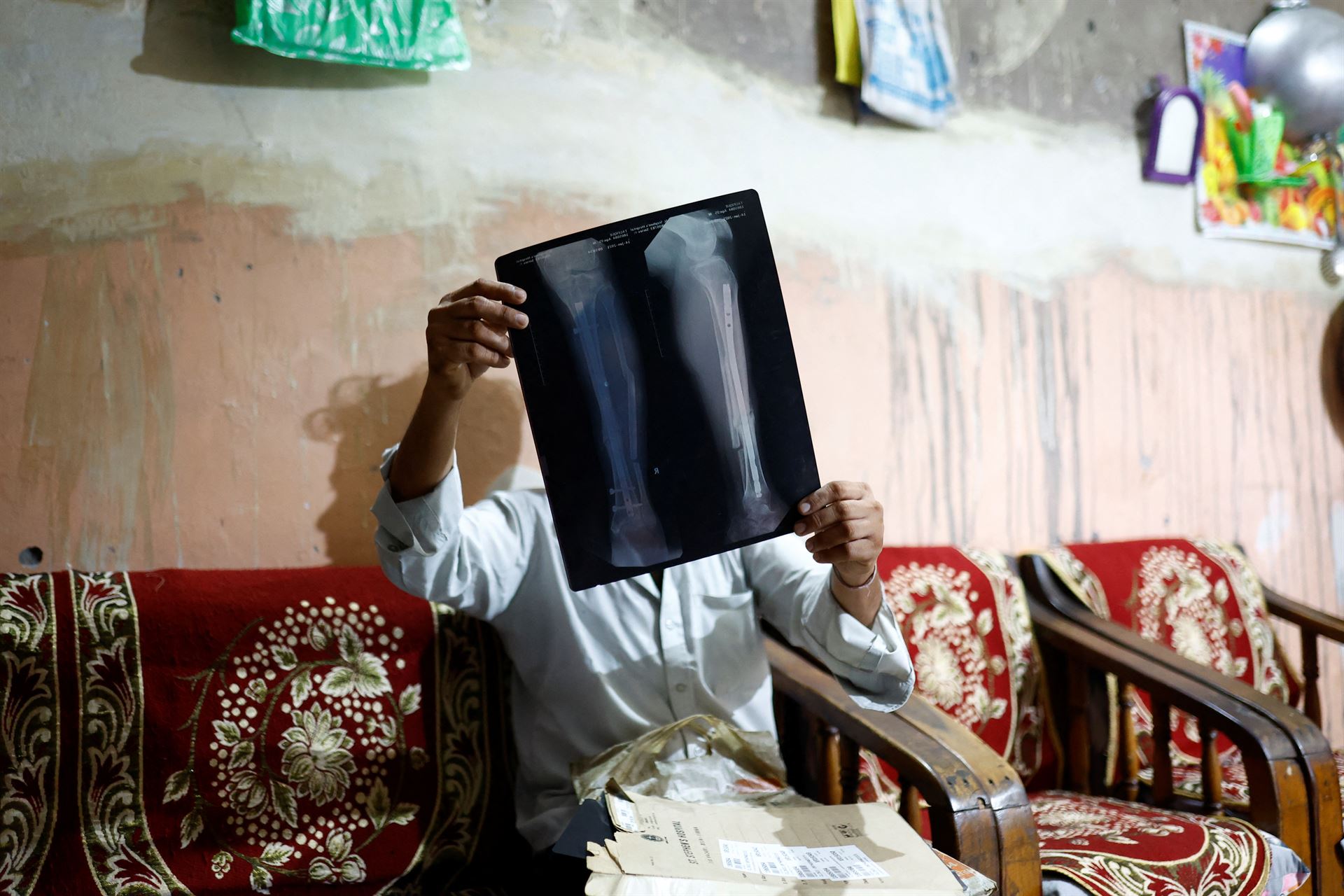
"No matter how brave a Muslim might be, they feel they have to move because if a mob comes, how brave can you really be?" said Raes Khan, a real estate agent in South Delhi who said Muslim clients now almost exclusively demand homes in Muslim-majority areas like Jamia Nagar.
Segregation nationally has increased significantly in the past decade, said London School of Economics political anthropologist Raphael Susewind, who has overseen long-term field-work on India's Muslim population.
Rising Islamophobia under Prime Minister Narendra Modi's Bharatiya Janata Party (BJP), which came into power in 2014, is a "key driver" of the trend, he said.
READ MORE: Anti-Muslim hate speech soars in India, research group says
Six Muslim community leaders said significant anecdotal evidence supported Susewind's assertion that segregation has increased. Jamia Nagar clergyman Md Sahil said the number of attendees at his mosque's early morning prayers had more than doubled to over 450 in the past four to five years, and that it reflected the overall rise in population there.
In response to Reuters' questions, Jamal Siddiqui, a senior BJP official for minority affairs, suggested that poorer Muslims might choose to live in segregated areas because such neighborhoods tend to be more affordable. "Educated Muslims leave the area and settle in developed areas with mixed population," he said.
However, Syed Sayeed Hasan, a Congress party worker in Jamia Nagar, said a big push factor for sectarian cloistering in Delhi was the 2020 riot. More than 200 were injured and at least 53 people, mostly Muslim, were killed in protests after Modi's Hindu nationalist government moved to introduce a law that made it easier for many non-Muslims to become citizens.
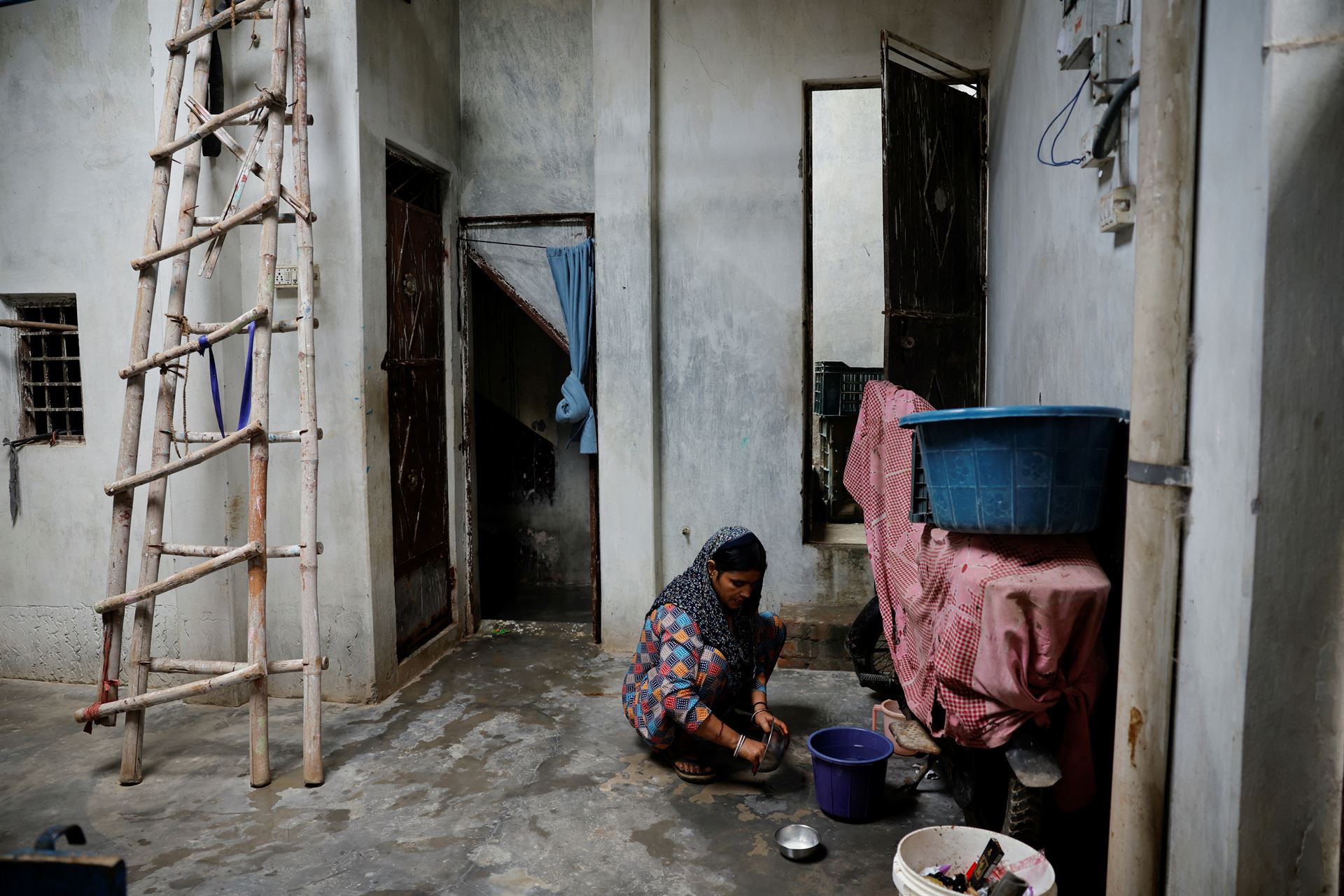
A 2020 Delhi government report blamed the riots on BJP leaders who made speeches that called for violence against protesters. At the time, the party said the allegations were baseless and that law enforcement had said there was no proof one of the leaders blamed in the report was responsible.
The Delhi government, controlled by the opposition Aam Aadmi Party, did not respond to requests for comment.
Rise in hate speech
India's National Crime Records Bureau, a government agency that collects and analyses crime data, doesn't keep records on targeted violence against communities. It said the average number of annual riots with communal origins had fallen about 9 percent between 2014 and 2022 as compared to the previous nine years, when the Congress party ran India.
But independent experts at the Center for the Study of Organized Hate, a Washington-based think-tank, have documented a significant increase in anti-Muslim hate speech, from 255 incidents in first half of 2023 to 413 in the second half of 2023. BJP politicians and affiliate groups were key to the trend, the think-tank said.
READ MORE: Report: Anti-Muslim speech in India concentrated around elections
Reuters has previously reported about how right-wing "cow vigilantes" some of whom have ties to the BJP, have led lynch mobs against Muslims.
Modi, while campaigning in April for a third term as premier, attacked Muslims as "infiltrators" who had "more children" implying they were a threat to India's Hindu majority.
The BJP's Siddiqui added that Modi was referring to undocumented immigrants like Rohingya Muslims whom he alleged "are living in India and are also weakening India."
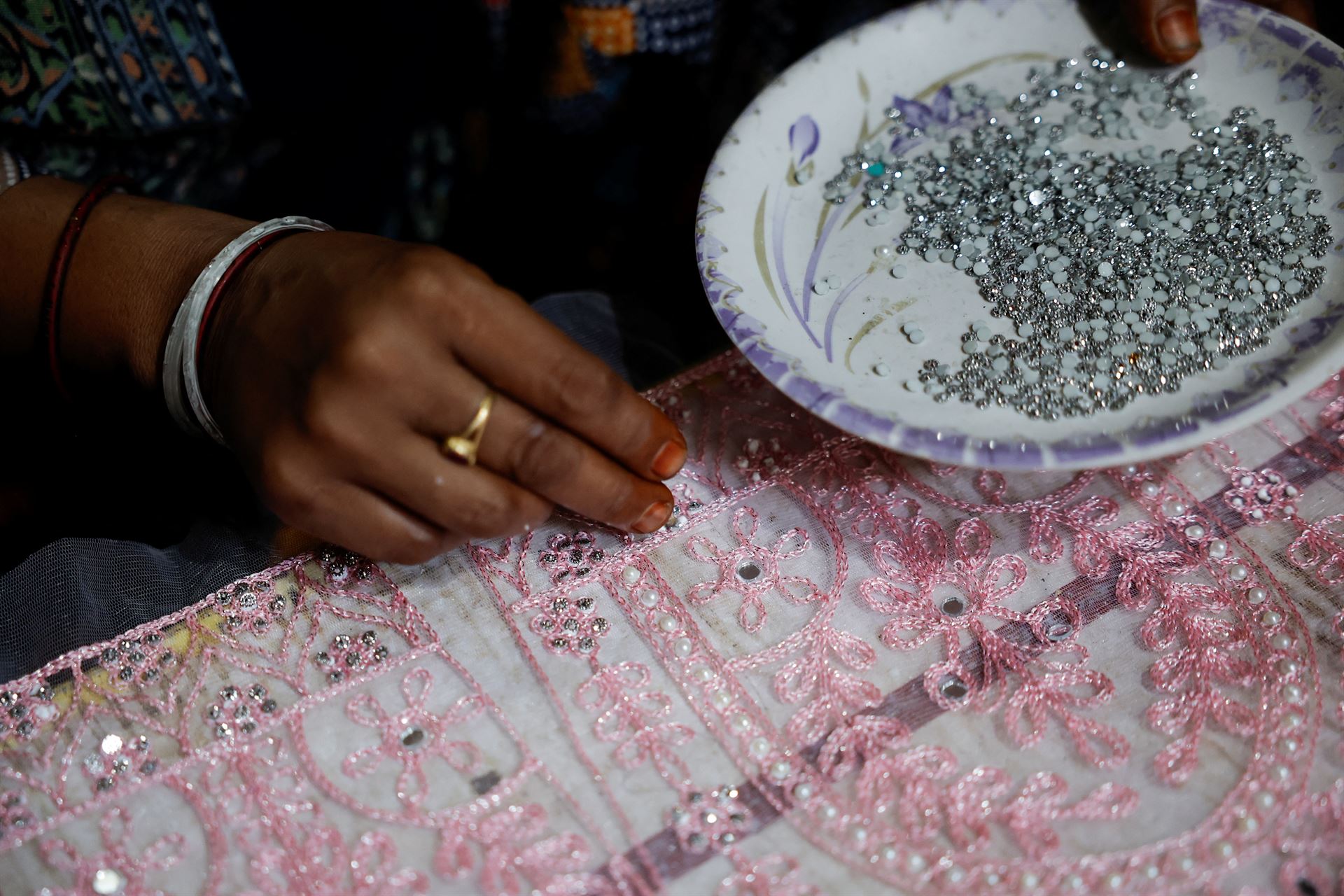
When previously asked about alleged anti-Muslim bias, the BJP government has said it does not discriminate and that many of its anti-poverty programs have benefited Muslims, who are among the poorest groups in India.
The BJP could only form a fragile coalition government after national election results were announced in June. In the immediate aftermath, at least eight anti-Muslim lynching incidents were reported, the non-governmental Association for Protection of Civil Rights said on July 5.
Safety in numbers
Jamia Nagar is a bustling cluster of alleyways behind Jamia Millia Islamia, a Muslim university that was an epicenter of the 2020 protests. It anchors an area of southeast Delhi that has many Muslim neighborhoods and a population of about 150,000, according to state election data.
When Reuters visited the cramped alleyways of the enclave on a sweltering summer day, they were framed by five-storey buildings. Developers had added three storeys to what were many two-storey buildings to cater to the increase in demand, two real estate agents said. In a sign of booming growth, there were also dozens of newly built kindergartens set up in the narrow lanes of the area.
Most Muslim enclaves are not as well-developed. A 2023 study from British, American and Indian economists that analyzed 1.5 million Indian areas found that public services like water and schools were comparatively rare in neighborhoods popular with Muslims and that children in such areas often face educational disadvantages.
After Tofik and Nasreen moved to Loni following Tofik's assault, their income halved, with Tofik only able to work reduced hours.
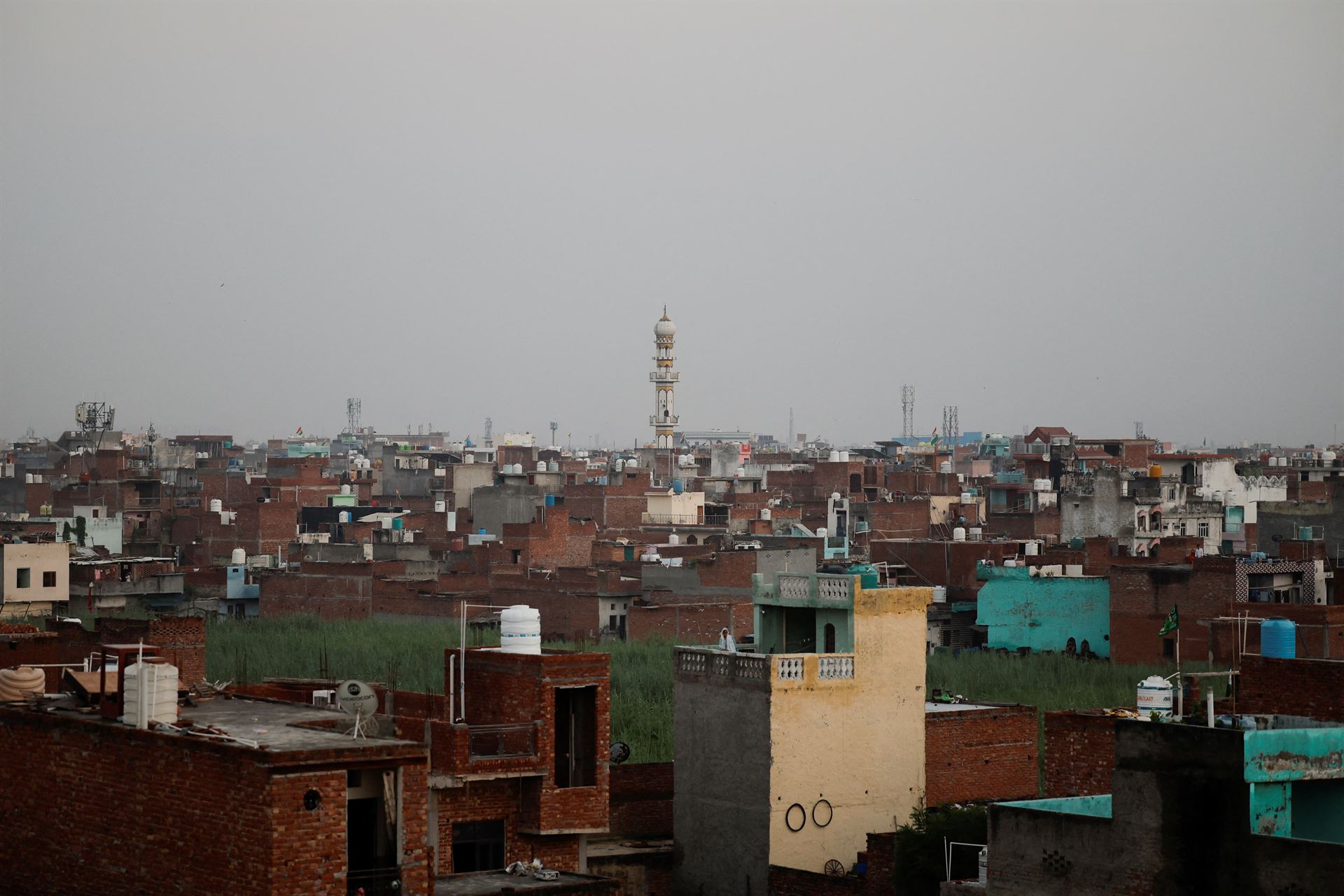
Nasreen's 16-year-old daughter, Muskan, suffered. The school in the outskirts of Delhi was under-resourced, Muskan said, and she missed her classmates. After feeling that the new school wasn't for her, she dropped out.
But Nasreen doesn't regret the move. "I will never go back. I have lost faith in them," she said, of the neighbors who she said formed part of the mob that pushed her husband.
Reuters could not independently verify her claim but Sam Sundar, a 44-year-old Hindu resident of Nasreen's old neighborhood, said both Hindus and Muslims suffered during the riots, which he blamed on outside perpetrators.
But he acknowledged that Muslims bore the brunt: "Very few Muslims now live in the area. This is not a good thing."
Nasreen's neighbor Malika also moved to the outskirts after her husband was killed in the 2020 riots. But she was unable to find a job and now also lives part-time at a small room in another neighborhood with more Hindu residents, where she is close to construction sites where she does odd jobs.
"Here I am afflicted with poverty, there I'm afflicted with insecurity," she said.
Enclaves have also drawn upper middle-class Muslim families, who used to be more comfortable living in mixed areas, said Raes, the real estate agent.
"People feel it is better to live in separate areas rather than having a constant threat to life and property from members of the other community," said Mujaheed Nafees, a Muslim leader from Modi's home state of Gujarat, which hosts India's largest Muslim enclave of some 400,000.



